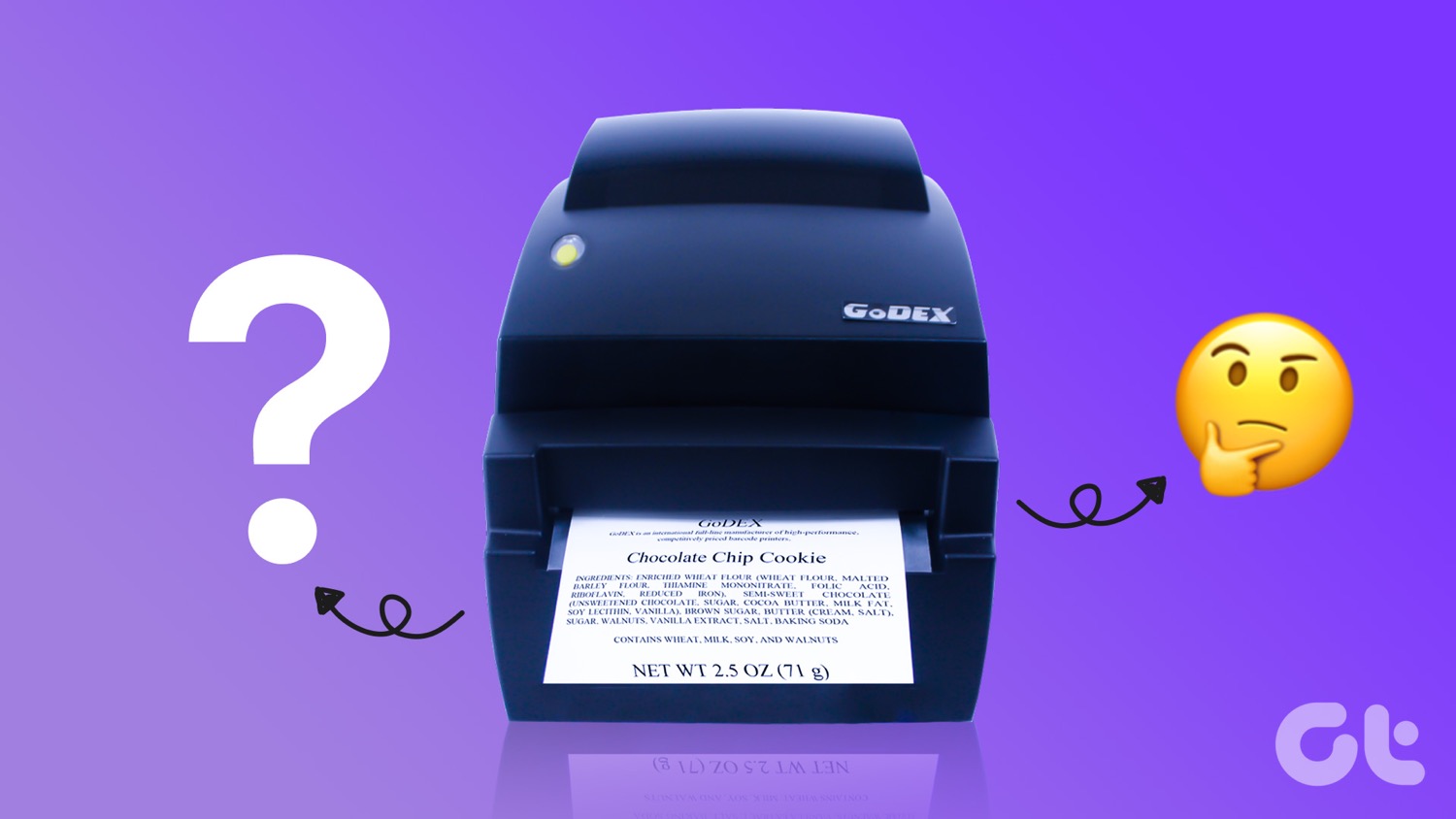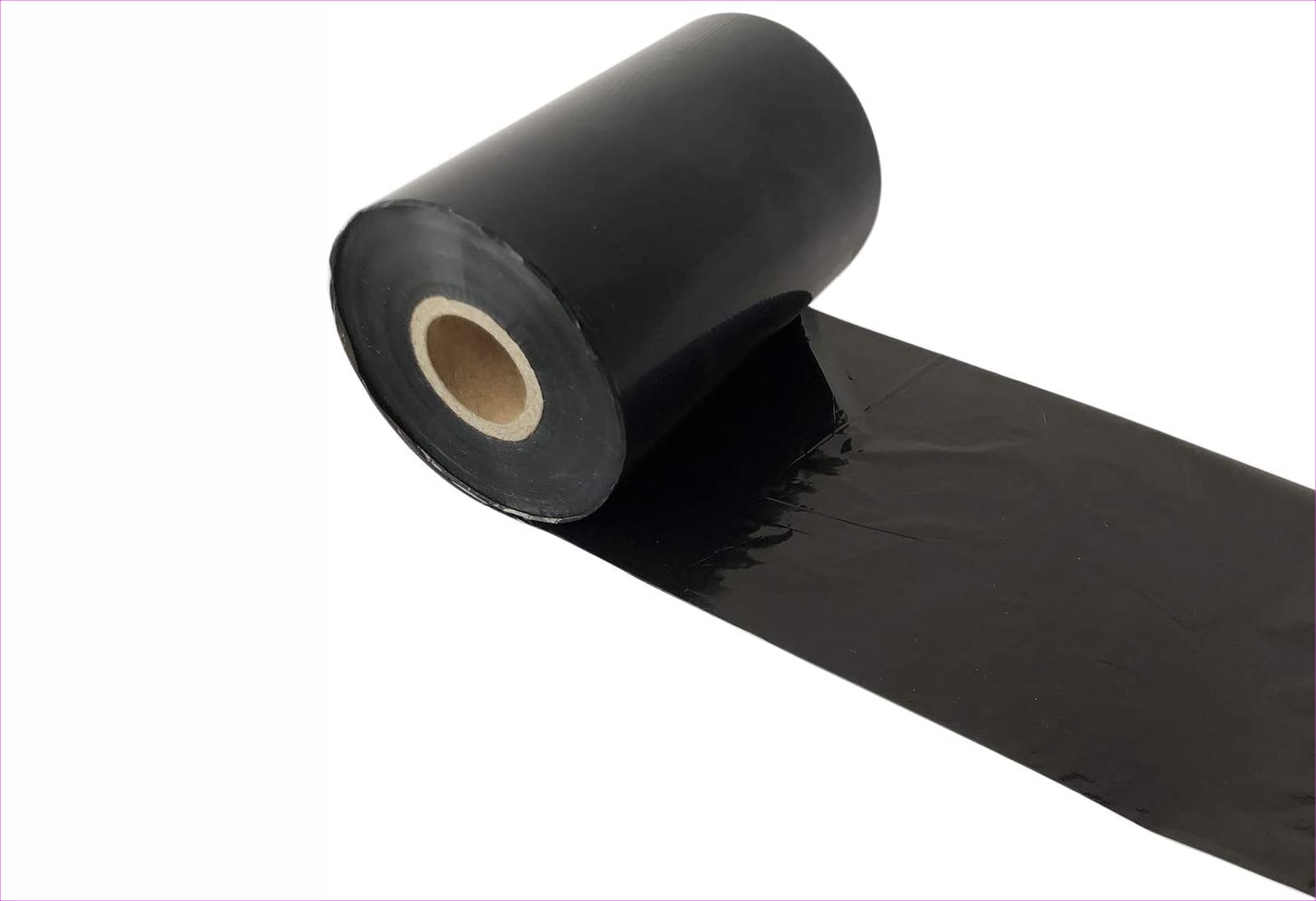But have you wondered how a thermal printer works? We will explore that in this post to tell you all you need to know about thermal printers. However, check out the following first,
Here are the best compact printers for Mac Print photos like a pro with these affordable photo printers
What Are Thermal Printers
A thermal printer uses heat to transfer text and images to paper. Sometimes, the printer heats selective parts of the paper to turn it black. Or, it may use a ribbon to darken specific parts. The best part about thermal printers is that they are no fuss. No need to refill or replace the ink cartridges or toner. Plus, most thermal printers that print shipping labels are compact. They need a power source to function. Plus, they do not have a big footprint. Plus, most labels or any media printed on thermal papers are durable. The print lasts a long time and does not fade away with time. They are smear-resistant as well.
How Do They Work
So how does a thermal printer work? First, there are two types of thermal printers—Direct Thermal and Thermal Transfer. Direct Thermal tech is the more popular printing method, especially for printing slips from teller machines, vending machines, and Point-of-Sale machines. These printers use a special type of paper that darkens in specific parts when it comes in touch with direct heat. Here, the printer’s head applies pressure and heat to print graphics with text. However, media printed with direct thermal tech is usually not durable. With time, the prints on the paper may fade away. Thermal paper (or thermochromic-coated paper) is sensitive to light and heat. In some cases, it may either darken when exposed to excessive heat, and you may lose valuable information. Unlike the direct thermal tech, Thermal Transfer uses normal media and a heat-sensitive ribbon to transfer images and text to media. So when you engage the printer to print, it heats the ribbon, which melts the wax and presses it to the paper (hence the name). Simple enough, right? Besides wax, some thermal printers also use resin and wax-resin thermal transfer inks. Out of these, pure resin is one of the most durable forms of transfer. However, it’s rarely used on paper despite being so accurate. Papers printed using thermal transfer are durable and are less prone to fading or darkening with time. Because the paper is not heat-sensitive, you can use these printers to print labels for shipping packages. However, do note that pure wax labels are sensitive to external factors like oil or water. Exposure to these elements can lead to loss of text or image. Wax-resin prints are more resistant to the above and deliver neat and precise prints, whether an image or a text print. Lastly, thermal printers can churn out multiple printouts altogether.
Advantages of Using Thermal Printers
As mentioned above, thermal printers are compact and lightweight. If you talk specifically of thermal printers for printing shipping labels, they are lightweight and compact, and you can easily fit them on your desk. One of the primary advantages is the no-frills operation. You do not have to worry about ink refills, toner replacement, or other supplies for a long time. At the same time, prints come out precise and have fewer chances of smudges, leaks, or smears. More importantly, the wax-coated thermal ribbon on quality thermal printers lasts about ten years. As long as the printer supports the format you normally use, you are clear. So, this was how thermal printers work. Let’s now check out some of the quality thermal printers.
3 Best Thermal Printers
1. Munbyn Shipping Label Printer
The best part is that it’s compatible with macOS and Windows computers. You will need to connect it to a laptop or desktop using a USB cable. It works brilliantly with popular shipping platforms like UPS, USPS, and FedEx.
While it is true that it churns out 4 x 6-inches, it can also print other labels. Interestingly, the Munbyn printer can automatically determine the label dimensions. However, it’s easier said than done. But if you want one label size, this one works brilliantly.
2. DYMO LabelWriter 4XL
As noted earlier, it’s fast. The folks at PC Mag found a single print to take around 3.1 seconds. Interestingly, printing a 50-label roll takes about 60 seconds. Again, it’s not a wireless thermal printer, and you will need to connect to your system via a simple USB cable.
It churns out precise and high-quality prints. They are dark and durable. However, the printer doesn’t come with a cutter, and you will have to invest considerable time in slicing the labels manually.
3. Brother QL-800 Label Maker
The best part is that it supports Mac, Windows, and Android. You’ll need to download the companion app to design and print labels from your Android phone.
Light the Fire
So, this was how thermal printers work. These printers seldom need additional drivers. And the companion software is simple to use. They can stand their share of abuse, and the cost-benefits make them highly affordable. The above article may contain affiliate links which help support Guiding Tech. However, it does not affect our editorial integrity. The content remains unbiased and authentic.













